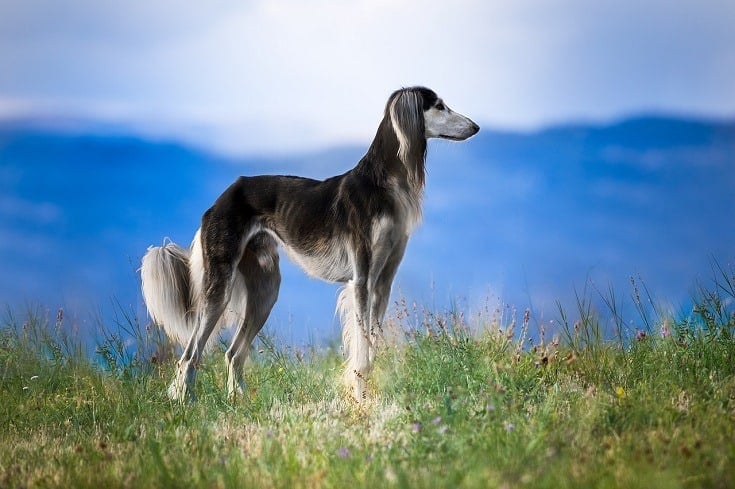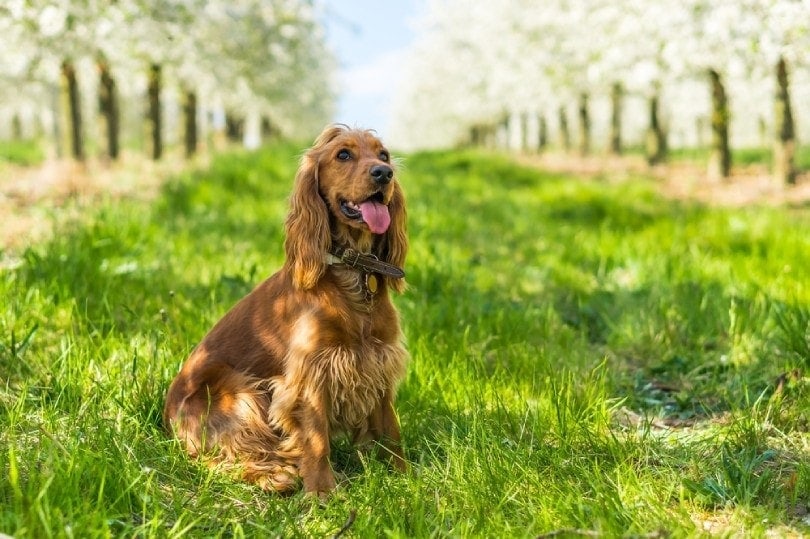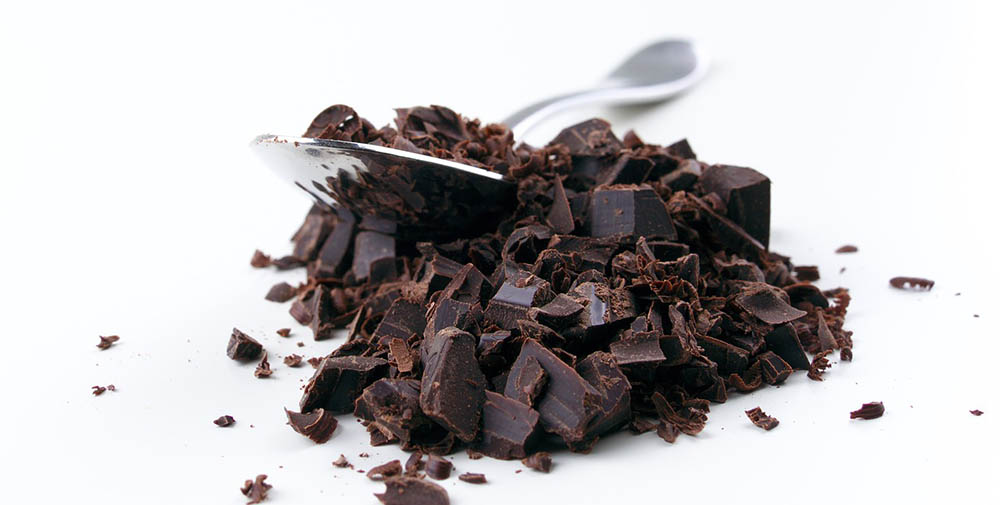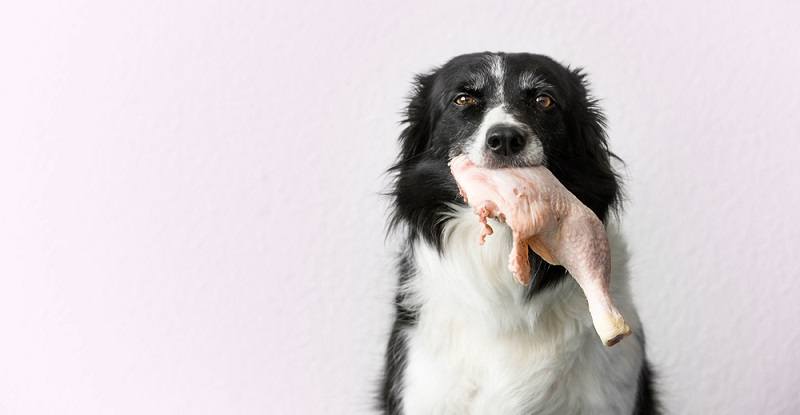Beagles are one of the most popular dog breeds in the U.S. because they make excellent family pets. They’re friendly to adults and children and are playful and gentle.
Although black, tan, and white seem to be the most recognizable color combination, they can come in a range of colors. So, are there different types of Beagles? What about “Puggles” and “Poogles”?
We’ll review the different types of Beagles according to the American Kennel Club (AKC) as well as give you an overview of this friendly, playful breed.
Beagle History
If you’re curious about where the name “Beagle” came from, experts aren’t entirely sure. It could be from the Gaelic baeg, which means “little.” Or it could even be because that’s the sound horns make during hunting: a bugling sound.
There’s a reason Beagles are so popular in both the U.S. and the U.K. Due to their compact size, Beagles can lead hunters on foot. The humans don’t have to ride horses to keep up with the dogs. This is a real advantage for those who can’t afford a whole stable full of horses to feed and maintain.
Beagle-like dogs may have been around even before the Roman legions arrived in England in 55 B.C. By the 1500s, they were widespread throughout England as foot hounds to hunt hare.
Types of Beagles
According to the AKC, there are only two modern-day types of Beagles:
- Beagle sizes between 13-15 inches
- Beagle sizes under 13 inches
This measurement refers to how tall the Beagles are at the shoulder.
1. Beagle
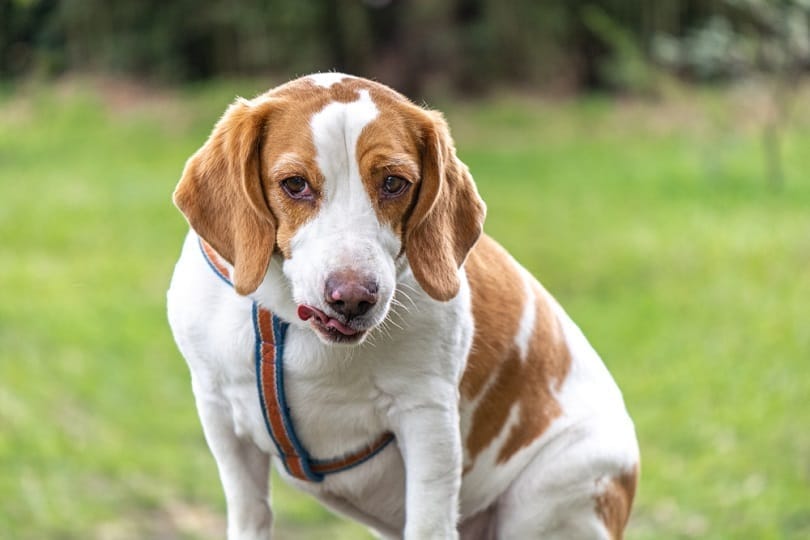
The ‘regular’ sized Beagle is 13-15 inches and is known for its excellent sense of smell. They were bred to be hunting dogs, and the white tip on their tail was bred into them so that the hunter could see their dog as they were running in areas of poor visibility.
They don’t have a consistent high level of energy, but still need a surprising amount of exercise, especially because they love to eat and are prone to obesity. They are loyal and lovable and are excellent pups to welcome into a family home.
2. Pocket Beagles
You may have also heard of a “Pocket Beagle,” and this type of Beagle isn’t technically recognized by the AKC as a separate variety. This is because a pocket Beagle is smaller than 13 inches at the shoulder.
During Queen Elizabeth I’s time, there are accounts of her having a Beagle size small enough to fit in her saddlebags or pockets during hunts. These became known as pocket Beagles, but in modern times, they are simply a smaller version of the one Beagle breed recognized by the AKC.
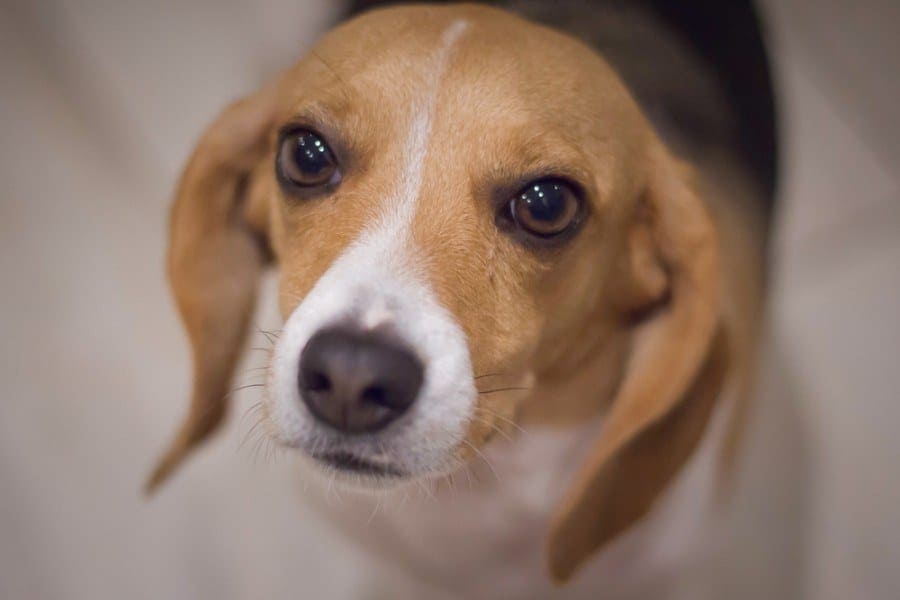
3. Puggles, Poogles, and Peagles (& more!)
Although they are not an official breed of Beagle, there are also Beagle mixes where a purebred Beagle and another purebred breed of dog are combined to form a hybrid pup.
- Puggles: A Hybrid of Beagles and Pugs
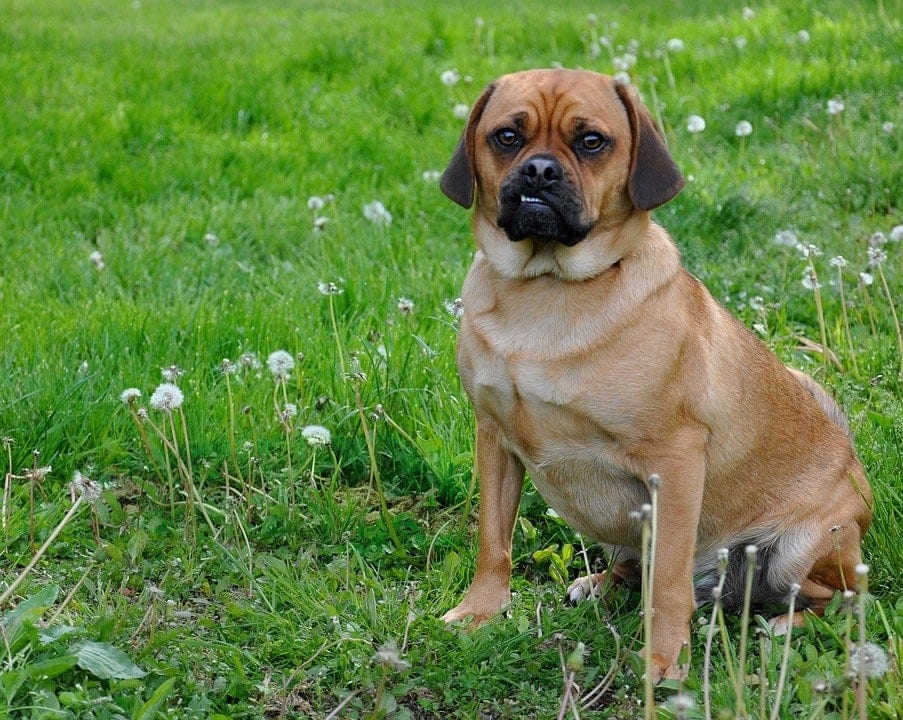
- Poogles: A Mix of Poodles & Beagles
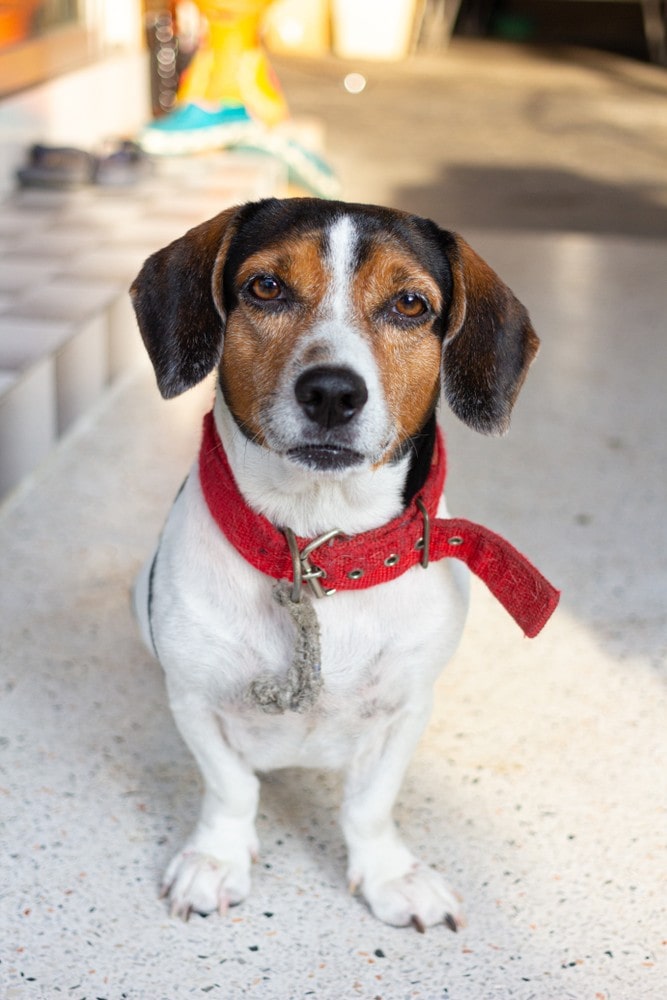
- Peagles: A Pekingese and Beagle Mix
These hybrid dogs can make adorable and loving companions, but they’re not officially a type of Beagle.
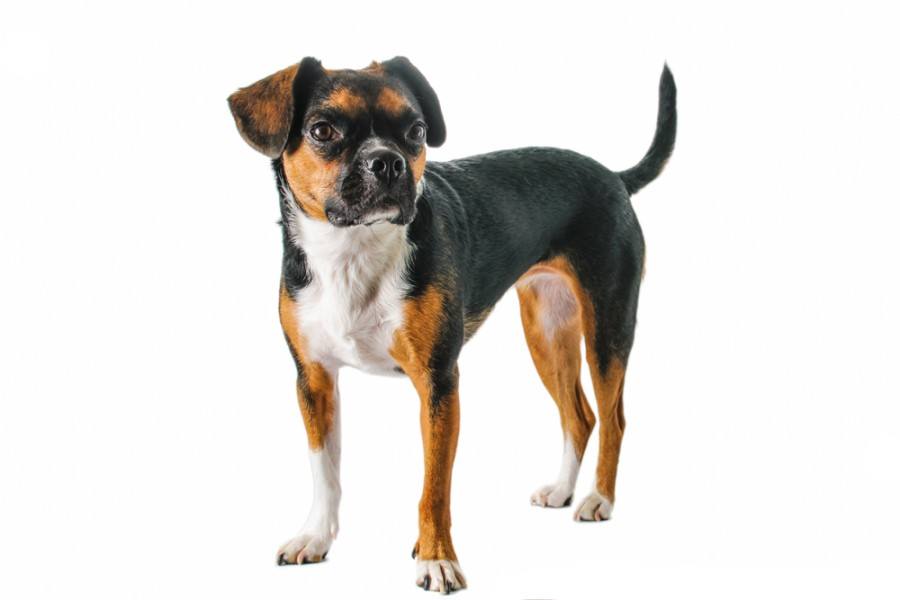
Beagle Characteristics
The Beagle’s size may be small, especially within the hound group, but they are solidly built and have the endurance to chase after their quarry for hours.
- Put your adorably mischievous pug mix to work: Mental Stimulation Dog Toys
Height and Weight
- Males: 14 to 16 inches
- Females: 13 to 15 inches
- Males: 22 to 25 pounds
- Females: 20 to 23 pounds
Life Expectancy
12 to 15 Years
Coat Colors
Eleven coat colors are recognized as standard by the AKC.
- Black and tan
- Red, white, and black
- Bluetick, tan, and black
- Black, tan, and white
- White, tan, and black
- Blue, tan, and white
- Brown and white
- Tan, white, and brown
- Lemon and white
- Red and white
- Tan and white
When you think of a Beagle, you most likely think of one that’s black, tan, and white. But did you know that Snoopy from the “Peanuts” comics is a Beagle too? His black-and-white coat may not follow the recognized standard, but he was inspired by Charles Schulz’s childhood dog, Spike. Though Spike was a mixed-breed dog, he undoubtedly had Beagle blood in him.
Temperament
The Beagle is friendly, playful, and curious. This breed of dog makes a great family pet because they get along well with both adults and children. They are a high-energy dog, so they’re great for families who are active and like to do outdoor activities together.
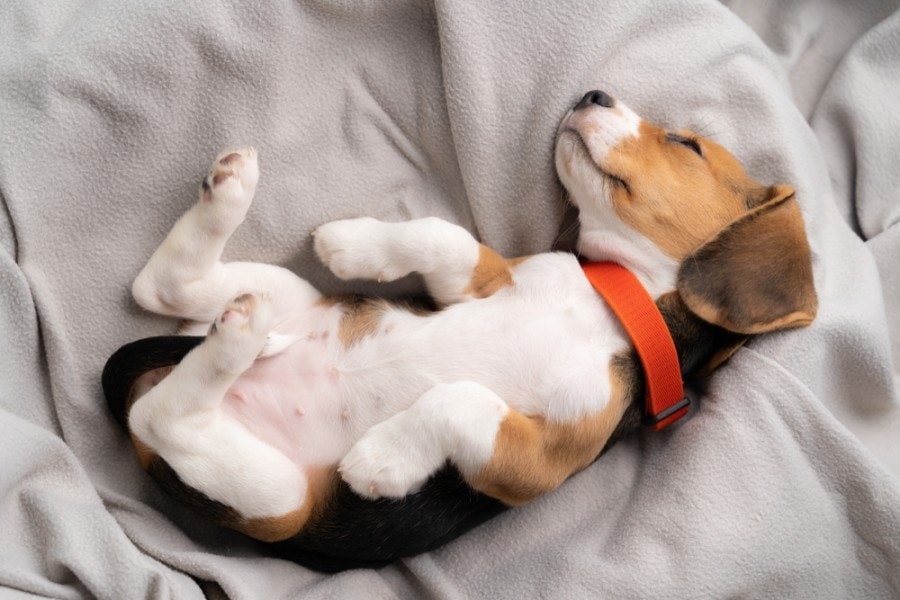
Beagle Care
Overall, Beagles aren’t that high maintenance. As long as they get to spend time with their family and get plenty of exercise, they’re happy and healthy.
Grooming
Surprisingly, even though their coat is smooth, Beagles have a dense double-coat. This means that they shed year-round. To keep this under control, you should brush your dog weekly.
The good news, though, is that they don’t need a bath too often. The smooth coat tends to stay clean — unless you just have a pup who really loves the mud!
Training
Like many hunting dogs who need to think independently and run with a pack, Beagles have a mind of their own and are determined. They need to be trained and socialized well as puppies. They need firm boundaries during training, but nothing too severe. Beagles are sensitive pups and don’t respond well to harsh techniques.
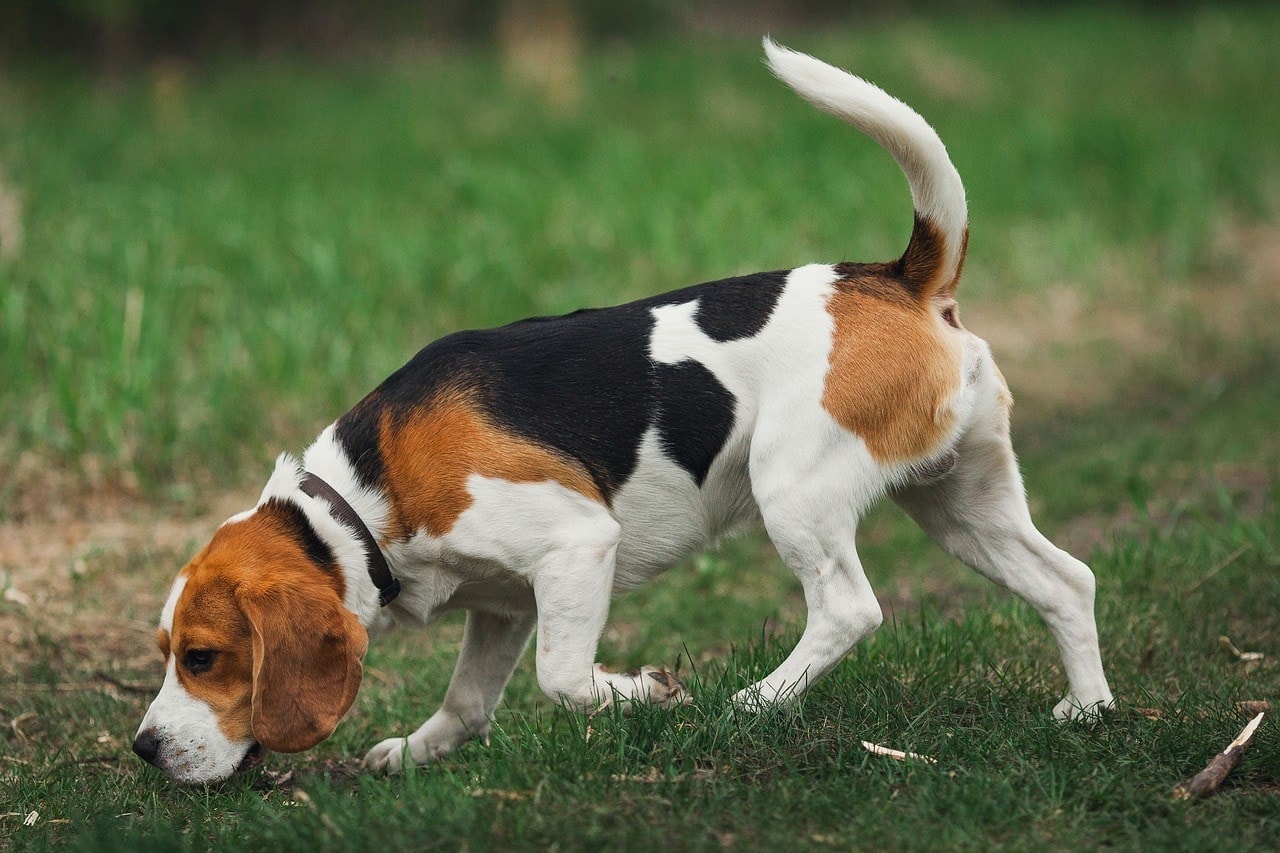
Food and Exercise
Even though Beagles are high-energy dogs, some are prone to being overweight. Make sure to balance what you feed your Beagle with plenty of exercise.
Special Considerations
Because Beagles are an energetic hunting breed, there are special considerations to think about before you bring this friendly pup into your home.
Small Pets
If you own small pets, such as hamsters, rabbits, or guinea pigs, a Beagle might not be able to resist its instinct to chase small creatures as it would do on a hunt. You may find that your Beagle is excessively interested in your small, caged critters!
Active and Energetic
Beagles are active, energetic dogs who need at least an hour a day of exercise. If a Beagle is left alone or outside for long periods, it will get destructive. Beagles like to have a companion, either human or canine, to play with.
Escape Artists
Beagles are escape artists, so they can and will get out of just about any yard. That’s why it’s important not to leave them unsupervised for long. Any area you leave them in should have a fence that’s at least 5 feet high and preferably has wiring or fencing that extends underground to prevent tunneling.
- You might want to consider one of these Outdoor Dog Toys to keep them occupied!
Leashes on Walks
When you take your Beagle for a walk, they should be on a leash since a Beagle is a scent hound. This means that if they smell something interesting, they won’t be able to resist taking off after it!
Final Thoughts
Beagles make excellent family pets thanks to their friendly, gentle personalities. They come in a variety of coat colors, and their Beagle’s small size makes them ideal for just about any living situation.
There are only two types of Beagles recognized by the AKC, and these are Beagles that are 13-15 inches tall and Beagles that are under 13 inches tall.
There are plenty of mixed-breeds that combine the playful Beagle with another purebred dog, and these make fantastic family companions as well.
Featured Image: Piqsels






